This is named after John Vesey, a leading 16th-century bishop and Sutton Coldfield’s greatest benefactor. The building stands on Boldmere Road, taking its name from a marshy pool or mere. It was built in 1931 opposite the old Gate Inn, housing a builders’ merchants and joinery works for several decades.
Text about Bishop Vesey – church and state.
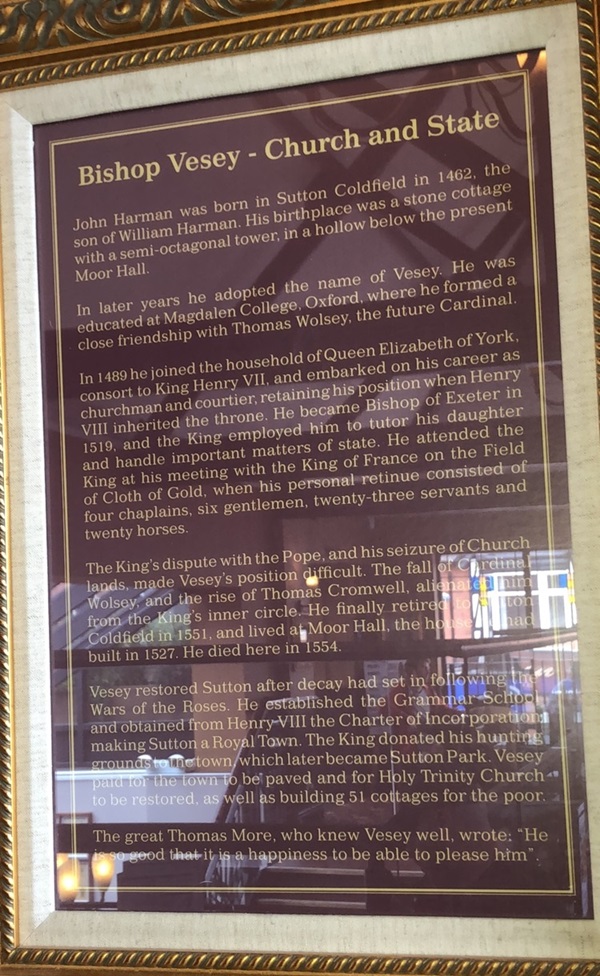
The text reads: John Harman was born in Sutton Coldfield in 1462, the son of William Harman. His birthplace was a stone cottage with a semi-octagonal tower, in a hollow below the present Moor Hall.
In later years he adopted the name of Vesey. He was educated at Magdalen College, Oxford, where he formed a close friendship with Thomas Wolsey, the future Cardinal.
In 1489 he joined the household of Queen Elizabeth of York, consort to King Henry VII, and embarked on his career as churchman and courtier, retaining his position when Henry VIII inherited the throne. He became Bishop of Exeter in 1519, and the king employed him to tutor his daughter and handle important matters of state. He attended the King at his meeting with the King of France on the field of Cloth and Gold, when his personal retinue consisted of four chaplains, six gentlemen, twenty-three servants and twenty horses.
The King’s dispute with the Pope, and his seizure of church lands, made Vesey’s position difficult. The fall of Cardinal Wolsey, and the rise of Thomas Cromwell, alienated him from the King’s inner circle. He finally retired to Sutton Coldfield in 1551, and lived at Moor Hall, the house he had built in 1527. He died here in 1554.
Vesey restored Sutton after decay had set in following the Wars of the Roses. He established the Grammar School and obtained from Henry VIII the Charter of Incorporations making Sutton a Royal Town. The King donated his hunting grounds to the town which later became Sutton Park. Vesey paid for the town to be paved and for Holy Trinity Church to be restored, as well as building 51 cottages for the poor.
The great Thomas More, who knew Vesey well, wrote: “He is so good that it is a happiness to be able to please him.”
Photographs of Bishop Vesey’s houses.
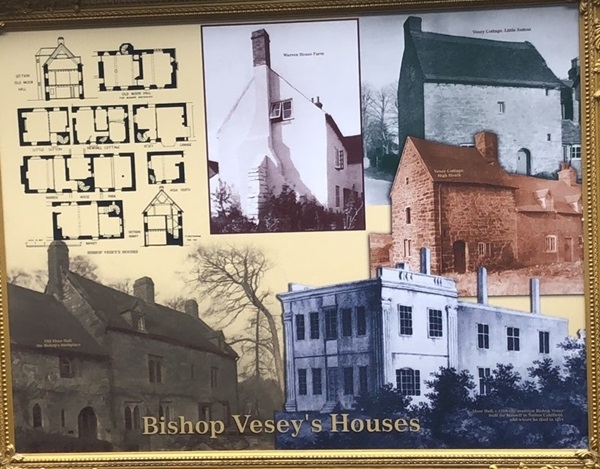
Illustrations and text about the Riland family.
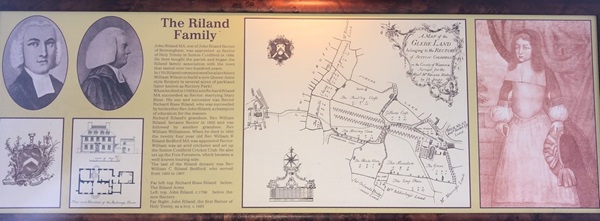
The text reads: John Riland, MA, son of John Riland Rector of Birmingham, was appointed as Rector of Holy Trinity in Sutton Coldfield in 1689. He then bought the parish and begun the Riland family association with the town that lasted over two hundred years.
In 1701 Riland commissioned local architect William Wilson in several acres of parkland (later known as Rectory Park).
When he died in 1720 his son Richard Riland, MA, succeeded as Rector, marrying Mary Bisse. His son and successor was Rector Richard Bisse Riland, who was succeeded by his brother Rev John Riland, a champion of education for the masses.
Richard Riland’s grandson, Rev William Riland, became Rector in 1822 and was followed by another grandson, Rev William Williamson. When he died in 1850, the twenty four year old Rev William K Riland Bedford MA was appointed Rector, William was an avid cricketer and set up the Sutton Coldfield Cricket Club. He also set up the Free Foresters, which became a well-known touring side.
The last of the Riland dynasty was Rev William C Riland Bedford, who served from 1892 to 1907.
Far left: top, Richard Bisse Riland, below, The Riland Arms
Left: top, John Riland, c1790, below, the new Rectory
Far right: John Riland, the first Rector of Holy Trinity, as a boy, c1665.
Prints and text about John Wyatt.
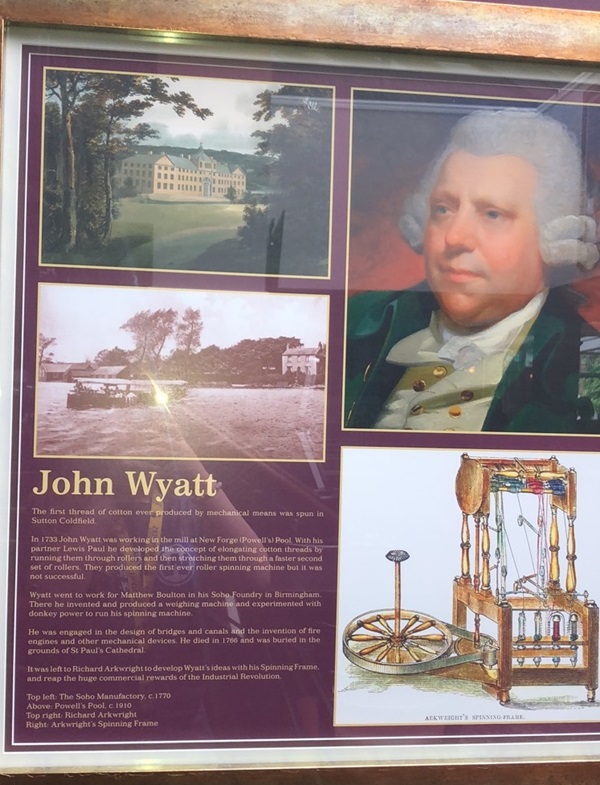
The text reads: The first thread of cotton ever produced by mechanical means was spun in Sutton Coldfield.
In 1733 John Wyatt was working in the mill at New Forge (Powell’s) Pool. With his partner Lewis Paul, he developed the concept of elongating cotton threads, by running them through rollers and then stretching them through a faster second set of rollers. They produced the first ever roller spinning machine but it was not successful.
Wyatt went to work for Matthew Boulton in his Soho Foundry in Birmingham. There he invented and produced a weighing machine and experimented with donkey power to run his spinning machine.
He was engaged in the design of bridges and canals and the invention of fire engines and other mechanical devices. He died in 1766 and was buried in the grounds of St Paul’s Cathedral.
It was left to Richard Arkwright to develop Wyatt’s ideas with his Spinning Frame, and reap the huge commercial rewards of the Industrial Revolution.
Top left: The Soho Manufactory, c1770
Above: Powell’s Pool, c1910
Top right: Richard Arkwright
Right: Arkwright’s Spinning Frame.
Old prints of Sutton Coldfield.
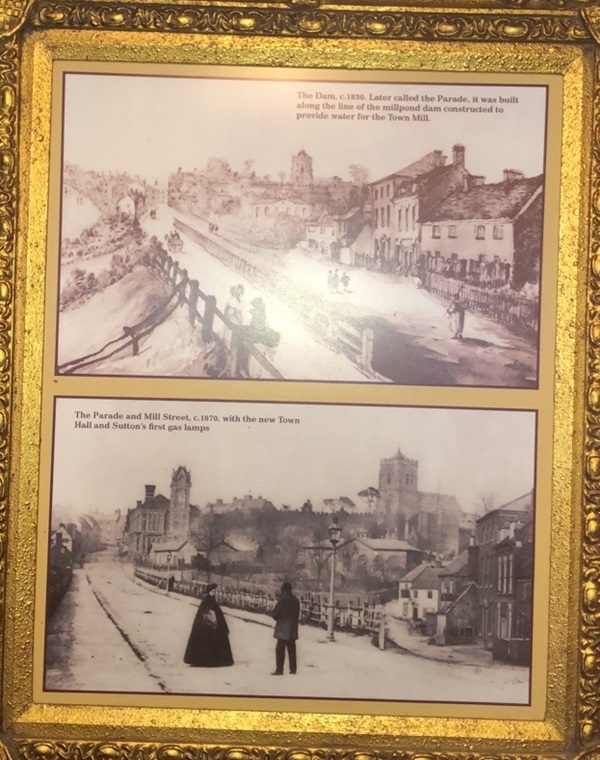
Top: The Dam, c1830.
Later called the Parade, it was built along the line of the millpond dam constructed to provide water for the Town Mill.
Bottom: The Parade and Mill Street, c1870. With the new Town Hall and Sutton’s first gas lamps.
A photograph and text about the Tithe Barn.
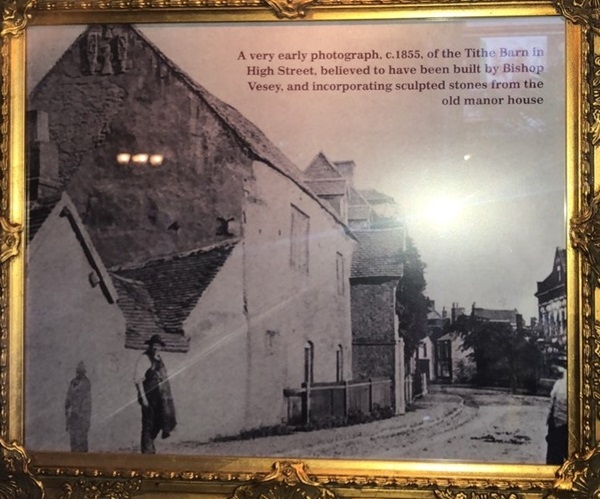
The text reads: A very early photograph, c1855, of the Tithe Barn in High Street, believed to have been built by Bishop Vesey, and incorporating sculpted stones from the old manor house.
A print, photograph and text about Hazel Court.
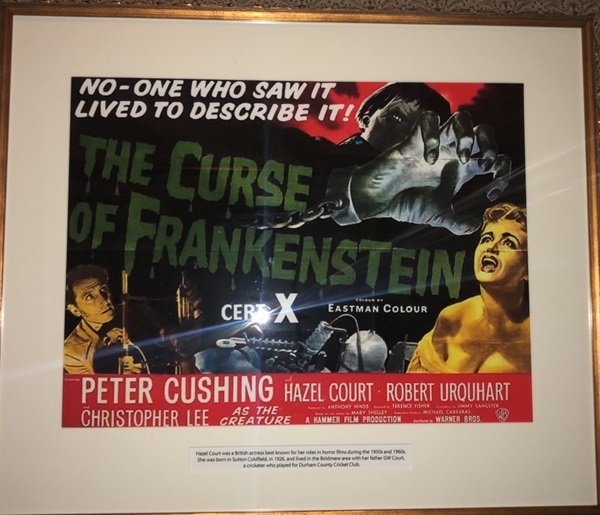
The text reads: Hazel Court was a British actress best known for her roles in horror films during the 1950s and 1960s. She was born in Sutton Coldfield, in 1926, and lived in the Boldmere area with her father GW Court, a cricketer who played for Durham County Cricket Club.
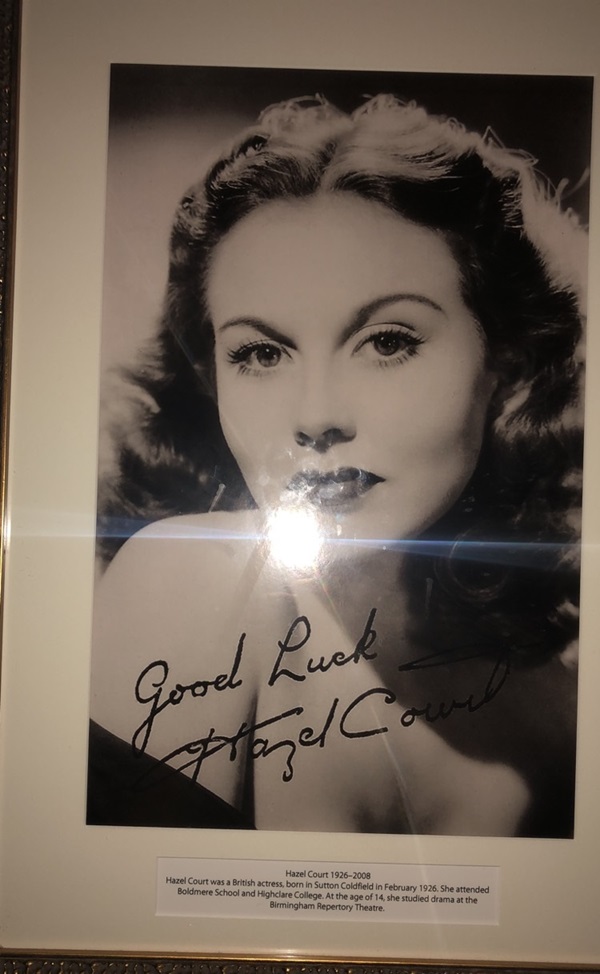
Hazel Court was a British actress, born in Sutton Coldfield in February 1926. She attended Boldmere School and Highclare College. At the age of 14, she studied drama at the Birmingham Repertory Theatre.
A photograph of Wylde Green Station looking towards Sutton Coldfield, c1976.
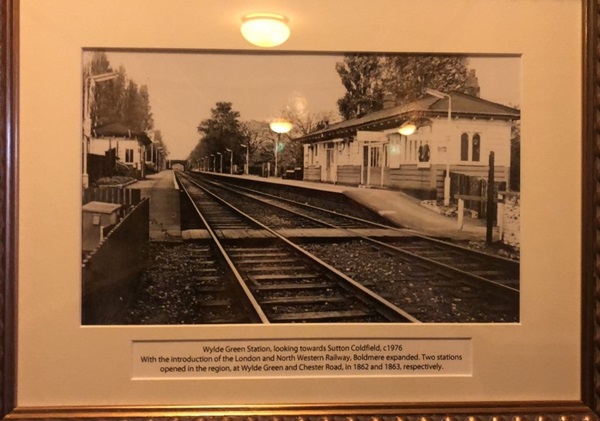
With the introduction of the London and North Western Railway, Boldmere expanded. Two stations opened in the region, at Wylde Green and Chester Road, in 1862 and 1863, respectively.
A painting of High Street and gardens, Sutton Coldfield.
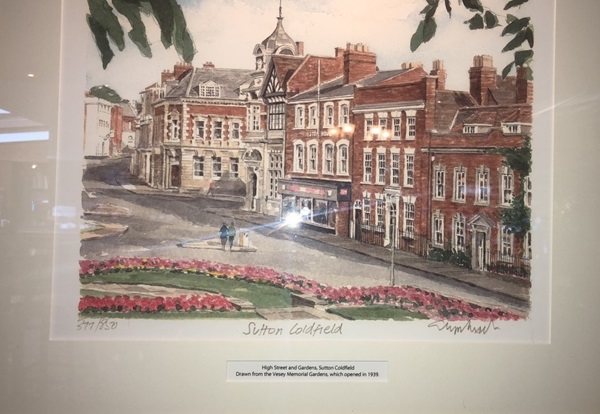
A photograph of a group of Factory girls enjoying a break in Sutton Park.
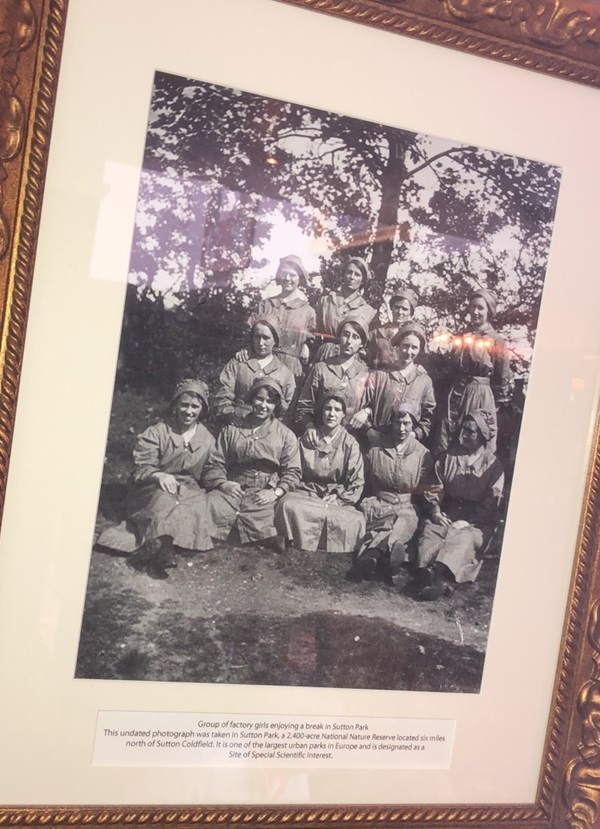
This undated photograph was taken in Sutton Park, a 2,400-acre National Nature Reserve located six miles north of Sutton Coldfield. It is one of the largest urban parks in Europe and is designated as a Site of Special interest.
If you have information on the history of this pub, then we’d like you to share it with us. Please e-mail all information to: pubhistories@jdwetherspoon.co.uk